How Beethoven invented self-isolation
mainWelcome to the 45th work in the Slipped Disc/Idagio Beethoven Edition
Violin sonatas nos 4-8, opus 23-24 and opus 30/1-3 (1801-2)
Beethoven’s deafness was a slow, painful affair that progressed in three stages. The composer first complained of hearing difficulties in 1798 and sought medical attention, which proved useless. In July 1801, when he was just 30 years old, he wrote to a friend: ‘Know that my noblest faculty, my hearing, has greatly deteriorated. I beg you to keep the matter of my deafness a profound secret to be confided to nobody, no matter whom.’
Ignorant of science and the workings of the human body, he ascribed the condition initially to his stomach aches and digestive problems. One doctor advised cold baths, which only worsened his mood. The symptoms he describes suggest a form of tinnitus, a ringing or roaring in his ears. Modern diagnosticians offer an alternative condition known as labyrinthitis, a lesion on the inner ear, possibly of syphilitic origin.
Whatever the cause, by mid-1801 Beethoven had lost 60 percent of his hearing and much of the rest by October 1802 when he wrote the heart-rending Heiligenstadt Testament to his brothers, outlining his plight and hinting at thoughts of suicide. ‘You who think or say I am malevolent, stubborn or misanthropic, how greatly you wrong me for you do not know the secret causes … For six years I have been a hopeless case, aggravated by senseless physicians, cheated year after year in the hope of improvement, finally compelled to face the prospect of a lasting malady (whose cure will take years or, perhaps, be impossible). Born with an ardent and lively temperament, even susceptible to the diversions of society, I was compelled early to isolate myself, to live in loneliness.’
Beethoven’s describes his survival strategy as self-isolation, a term that has become all too familiar in recent weeks.
By 1816 he was completely deaf, cut off from the world of sound. His only remaining form of communication was through a notebook in which he scribbled thoughts and instructions, sometimes gathering friends around him in a café to exchange ideas on paper. His isolation was aural more than social. However given that he relied on sound to make sense of the universe, his isolation was, if anything, psychologically more severe than bodily quarantine.
The two dates of self-diagnosis and total deafness, 1801 and 1816, coincide with decisive shifts in Beethoven’s evolution as an artist. The first marks the onset of what is known as his middle period, with the onrush of terror and sorrow channelled in the Eroica Symphony. The second date marks the start of late Beethoven, his immersion in the spiritual conundra of the meaning of life on earth. Franz Schubert saw him once in an inn, jotting a word here and there in a notebook. Just words, he observed. The notes, said Schubert, came later. Process, in Beethoven, differed from all other composers, in part because he was isolated by deafness from the rest of humanity.
Between losing his hearing in July 1801 and the Heiligenstadt Testament 15 months later his output is dominated by five violin sonatas, an instrument with which (as we’ve seen) he had no intense emotional engagement. Was he on top form in this set? Although well received, the violin-piano were not greeted with the respect accorded to his symphonies, or the sense of expectation that awaited his piano sonatas. It is not until the 21st century that the violin sonatas receive scholarly attention as a body of work, and the results are not uniformly illuminating. The sonatas are almost stepchildren beside the brilliance of his contemporary works.
Take the fourth sonata, which hardly leaps off the page. The opening movement keeps going round and round the same theme without making much obvious headway. You are halfway into the finale before Beethoven touches heart and mind. There’s an engaging 1944 recital by Joseph Szigeti and Claudio Arrau, a defiantly nonchalant 1952 take by Jascha Heifetz and Emanuel Bay and a white-gloved presentation by from Wolfgang Schneiderhan and Wilhelm Kempff. My inclination in these sonatas is to go first to Itzhak Perlman and Vladimir Ashkenazy (1977), where flashes of ice and fire hold the attention in the dry patches. You should also not overlook the 2011 dialogue of Pamela and Claude Frank, a vigorous conversation in which the daughter’s American can-do locks horns with the father’s Germanic conservatism.
The fifth sonata, titled Spring, opens with a courageous attempt by Beethoven to surmount his circumstances with a simulation of the joys of nature coming to life after winter, an anticipation of his Pastoral Symphony. The second movement, an adagio, suggests a young person falling in love. The Austrian-Jewish violinist Erika Morini was 23 when she played this 1927 Berlin recording with the pianist Miklos Schwalb and her sensual awakening is so vivid as to be almost overwhelming.
Morini’s antithesis is Rudolf Kolisch, Austrian brother-in-law of Arnold Schoenberg and a foot-soldier in his atonal revolution. Kolish, who was 70 at the time of this 1966 session with pianist Gunnar Johansen, plays with a fastidious concern for precision ans structure, reimagining the sonata in an absolutely fascinating way as a prelude to some undefined progressive ideology. I love what he does with it, as much as I love Morini falling in love. Both violinists, by the way, wound up exiles in America.
Other than the big-name violinists, all of whom recorded this popular piece, I would further direct your attention to Morini’s second take in 1961 with the Czech pianist Rudolf Firkusny, a gentle, reflective courtship between two people who have been hurt in love – and to the husband-and wife 2002 pairing of Augustin Dumay and Maria João Pires, a beautiful affirmation of enduring love.
The 6th sonata is an Eroica-in-progress, sharing hints of symphonic development but no unique character of its own until the slow middle movement. Perlman and Ashkenazy find an original pattern in the piecemeal nature of the work. James Ehnes and Andrew Armstrong (2017) achieve a greater serenity.
Sonata number 7 goes for dramatic power. There’s a particularly affecting 1956 account by Arthur Grumiaux and Clara Haskil, with a finale that flirts with ominous outcomes.
The 2014 Dutch pair Hannes Minnaar and Isabelle van Keulen have a different chemistry, with a softer landing. If you prefer bumpy and without seat-belts, there’s Ruggiero Ricci and Friedrich Gulda (1954).
The 8th sonata is the most folkloric of the set, with hints of raspberry, mushrooms and woodland smells. Dumay and Pires are havng a private picnic. Isabelle Faust and Alexander Melnikov can’t wait to catch the bus home. My favourites, for gentle pace and thoughtful deliberation, are Henryk Szeryng and Ingrid Haebler.
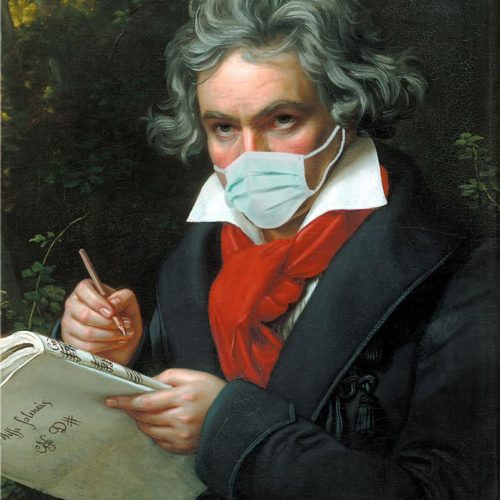

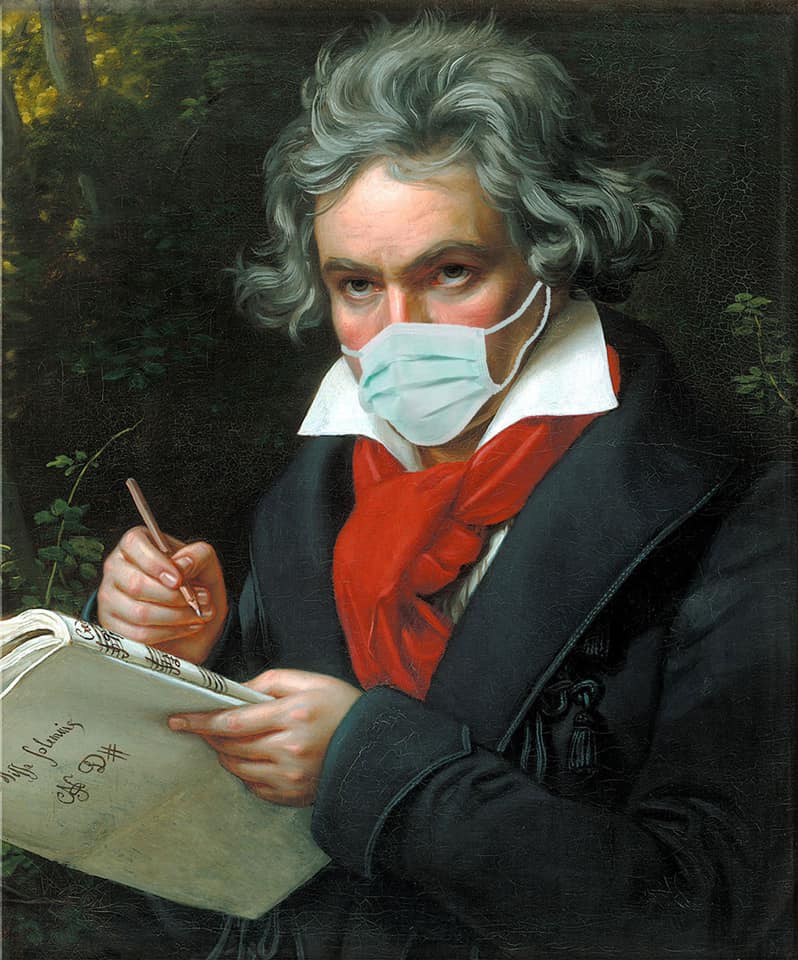
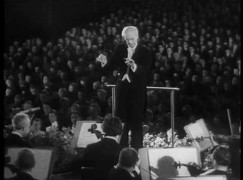
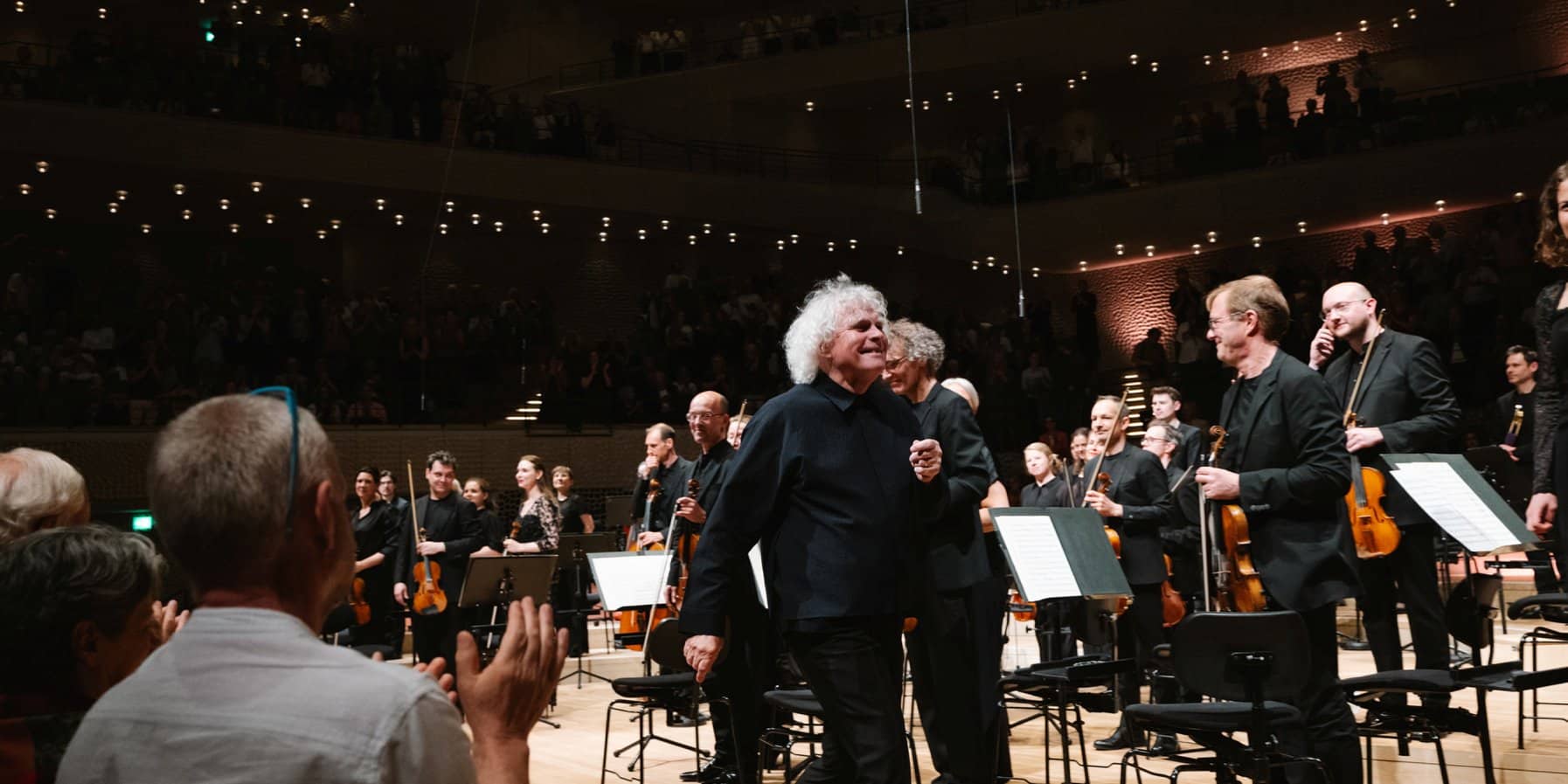
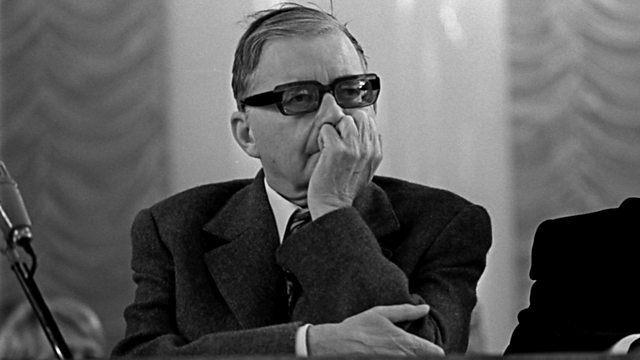
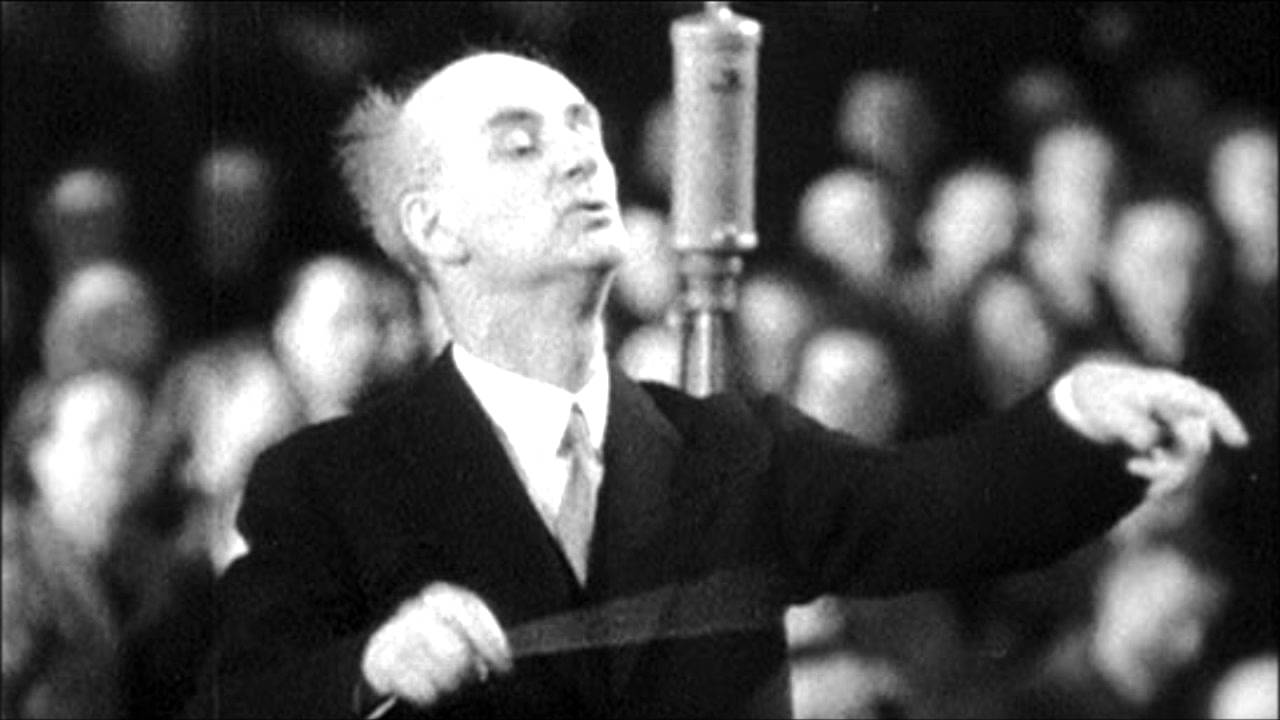
Was he on top form in this set? In the case of Sonata #7 – absolutely! I would even argue this is one of the most significant works by LvB, being in the key of C minor – his “Heroic” key and the same key he used for his “Pathétique” Sonata, 3rd Piano Concerto and, of course, the “Funeral March” movement of the Eroica Symphony. It is also one of just three 4-movement violin sonatas that he ever composed (Nos. 5 and 10 being the others). Almost symphonic in feel and scope, it finishes in the minor as well, with unrelenting tension and emotion. Really powerful stuff.
And the best recording? Perlman and Ashkenazy still reign supreme as far as I am concerned.
Many thanks for the great introduction about Beethoven’s deafness Mr.Lebrecht.
I read that Beethoven still could hear SOME SOUND amid his deafness.
What is there to say about that?
Regards
His hearing deteriorated over time (as Norman stated). By the end of his life he couldn’t hear anything.
If the story is true that he had to be turned around at the end of the premiere of the 9th Symphony because he couldn’t hear the audience ovation, that makes it sound like the his hearing was totally gone.
Apropos Beethoven’s self-isolation I would like to quote Stefan Zweig (from his “Joseph Fouché):
Hat schon jemand den Hymnus des Exils gedichtet, dieser schicksalsschöpferischen Macht, die im Sturz den Menschen erhöht, im harten Zwange der Einsamkeit neu und in anderer Ordnung die erschütterten Kräfte der Seele sammelt? Immer haben die Künstler das Exil nur angeklagt als scheinbare Störung des Aufstiegs, als nutzloses Intervall, als grausame Unterbrechung. Aber der Rhythmus der Natur will solche gewaltsame Zäsuren. Denn nur wer um die Tiefe weiß, kennt das ganze Leben. Erst der Rückschlag gibt dem Menschen seine volle vorstoßende Kraft.
Der schöpferische Genius, er vor allem braucht diese zeitweilig erzwungene Einsamkeit, um von der Tiefe der Verzweiflung, von der Ferne des Ausgestoßenseins den Horizont und die Höhe seiner wahren Aufgabe zu ermessen. Die bedeutsamsten Botschaften der Menschheit, sie sind aus dem Exil gekommen, die Schöpfer der großen Religionen, Moses, Christus, Mohammed, Buddha, alle mußten sie erst eingehen in das Schweigen der Wüste, in das Nicht-unter-Menschen-Sein, ehe sie entscheidendes Wort erheben konnten. Miltons Blindheit, Beethovens Taubheit, das Zuchthaus Dostojewskis, der Kerker Cervantes’, die Einschließung Luthers auf der Wartburg, das Exil Dantes und Nietzsches selbstwillige Einbannung in die eisigen Zonen des Engadins, alle waren sie gegen den wachen Willen des Menschen geheim gewollte Forderung des eigenen Genius.
Aber auch in der niedern, in der irdischeren, in der politischen Welt schenkt ein zeitweiliges Außensein dem Staatsmann neue Frische des Blicks, ein besseres Überdenken und Berechnen des politischen Kräftespiels. Nichts Glücklicheres kann darum einer Laufbahn geschehen als ihre zeitweilige Unterbrechung, denn wer die Welt einzig immer nur von oben sieht, aus der Kaiserwolke, von der Höhe des elfenbeinernen Turmes und der Macht, der kennt nur das Lächeln der Unterwürfigen und ihr gefährliches Bereitsein: wer immer selbst das Maß in Händen hält, verlernt sein wahres Gewicht. Nichts schwächt den Künstler, den Feldherrn, den Machtmenschen mehr als das unablässige Gelingen nach Willen und Wunsch; erst im Mißerfolg lernt der Künstler seine wahre Beziehung zum Werk, erst an der Niederlage der Feldherr seine Fehler, erst an der Ungnade der Staatsmann die wahre politische Übersicht. Immerwährender Reichtum verweichlicht, immerwährender Beifall macht stumpf; nur die Unterbrechung schafft dem leerlaufenden Rhythmus neue Spannung und schöpferische Elastizität. Nur das Unglück gibt Tiefblick und Weitblick in die Wirklichkeit der Welt. Harte Lehre, aber Lehre und Lernen ist jedes Exil: dem Weichlichen knetet es den Willen neu zusammen, den Zögernden macht es entschlossen, den Harten noch härter. Immer ist dem wahrhaft Starken das Exil keine Minderung, sondern nur Kräftigung seiner Kraft.
Thank you……. beautiful quote, and Zweig was right.
But he himself succumbed to the many Rückschläge he experienced, committing suicide before the end of WW II in Petropolis, Brazil, despairing about the Western world and its culture, seeing it disappearing and being convinced that the world he had known, was lost forever. That world he described in ‘Die Welt von Gestern’, his famous memoirs. That was the world which produced so many great artists, writers, and composers, as well as their counterparts who destroyed it.
It has been a while since I listened to the recordings but my recollection is that Kremer/Argerich were compelling in this set.
I agree with Amos about the many virtues of Kremer/Argerich. It is a pity that Morini and Firkusny did not record all of the Beethoven sonatas.
One classic recording really needs to be heard and mentioned: Kreisler and Rachmaninov in the Sonata #8. When Biddulph reissued it, they learned that the artists approved alternative takes for each side (a not-uncommon practice in the 78 rpm era) enough to create an entirely different separate version — frankly there are few if any significant changes from the official commercial issue since any one “side” might have had to be called upon if a matrix wore out or was damaged, but good to have regardless.
For a practical performing (but also aesthetic) analysis of these works, I suggest reading the chapter in Vol. 2 of Abram Loft’s massive survey “Violin and Keyboard.” Joseph Szigeti’s book on the ten Beethoven sonatas is also important reading.
Agreed, David, re: Kremer/Argerich.
About Kreisler/Rachmaninoff: I own the well-known RCA Victor issue of this. I’m going to look for that Biddulph disc.
And Abram Loft’s “Violin and Keyboard” should be required reading at conservatories, if it isn’t already.
I have always liked the 4th violin sonata (in A minor). It was meant to have the same opus No. as the more famous Spring Sonata but they got separated at birth.
Anne Sophie Mutter always played them as a pair and admired the earlier one very much.
Schneiderhan and Kempff for me.
Ps: I disagree with your assessment of Op23. It touches my heart and mind from bar 1.
A doctor told Beethoven at the Vienna Congress why he became deaf: 1796 Prince Lichnovsky takes him on a concert tour through part of Europe, especially in the Germanic regions and in Prague. The pianist goes to Berlin, playing in front of King Frederick II, who appreciates him very much. This is where a very great misfortune happens: he gets stung by a flea, which gives him typhus (more precisely the “spot fever” as it is called in German). He’s coming back to Vienna. There, the disease is triggered. The symptoms are very painful, he lacks to die. He survived, but the disease attacked his nervous system, including his auditory system. He’s starting to have tinnitus. Little by little, the symptoms will get worse. Around 1802, he knows that one day he will become deaf. In 1815, at the Congress in Vienna, an excellent doctor explained what happened to him. The doctors of 21e Century agree with him.
Unfortunately, no one can cure him. But by chance, deafness only progresses very slowly. It will take more than twenty years for him to be totally deaf.
The name of the illness in German (Beethoven’s language) is “Fleckenfieber”.